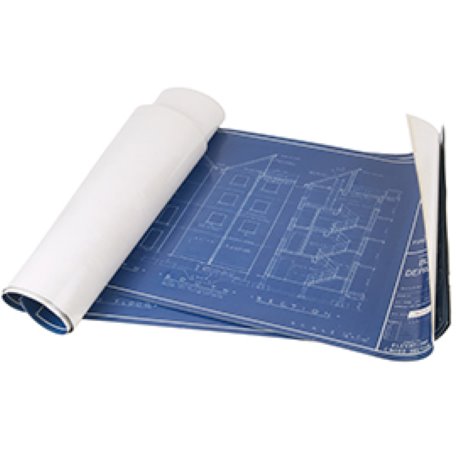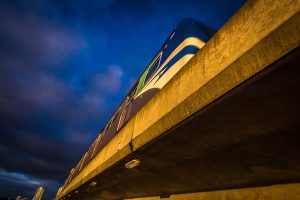There is a multitude of diverse organizations in British Columbia that are responsible for one aspect or another of construction oversight.
What they all have in common is that the province’s busy construction industry has added to their volume of inspection work.
But they differ in the ways in which they are handling the heavier burden.
Take, for example, the Roofing Contractors Association of BC (RCABC), which markets its services to the commercial roofing market in the province. According to CEO Bryan Wallner, the association has 122 member contractors and suppliers of roofing systems and materials. Between 50 and 60 are what it calls "accepted inspectors."
"They are independent, third-party inspectors who do inspections on behalf of the property owner and the association," said Wallner.
To make it on the "accepted" list, inspectors must take a two-day course put on by the association. Because RCABC inspectors are all independent, the association has responded to the increased demand for roofing inspections by putting more inspectors through its certification course.
"In the past two years the association has increased the number of accepted inspectors by about 30 per cent," Wallner said.
Overseeing the safe installation and operation of technical systems and equipment in the province is the BC Safety Authority (BCSA). According to BCSA spokesman Frank Do, the authority has 133 inspectors, what it calls safety officers, across B.C.
The employees cover the following technologies: gas, electrical, elevating devices, such as elevators and passenger ropeways, and boiler, pressure vessels and refrigeration.
Do said the BCSA issued 111,373 installation permits in 2016 compared to 102,281 in 2015 and 98,348 in 2012.
The authority has handled the increased volume of work in a number of different ways.
First, in 2016, it hired more safety officers. Second, it developed a custom App called Starlite that runs on authority-supplied iPads that most safety officers use to complete their assessments.
"We also use a knowledge-based algorithm system called Resource Allocation Program — RAP for short — which takes into account a variety of metrics to determine areas of highest risk," Do said. "The metrics include current and historical data, stage of work being performed, equipment environment and a contractor’s safety history."
The authority also puts priority on sites that receive many visitors, such as hospitals and shopping malls.
Inspectors who work for the City of Surrey’s planning and development departments inspect building egress, ingress and safety, plumbing and electricity.
"We have 30 inspectors, but we’d like more," said Gilbert Larocque, deputy chief building official.
Larocque said the city had to complete seven per cent more inspections in 2016 compared to 2015.
"In addition, inspectors now have to spend more time explaining the regulations to young and inexperienced contractors and tradespeople who have replaced the boomers who have retired," he said.
Adding to the inspectors’ work load is the increasing number of energy requirements and a more demanding B.C. Building Code.
Surrey has managed to hire new inspectors but the competition for their services is "mind-boggling," said Larocque.
"We have brought back retired inspectors as auxiliaries, but they work only when they are available," he said. "And we can’t make them work if they don’t want to."
Alan Kavanagh, a Prince George-based third-party inspector of buildings that are financed by the B.C. Ministry of Education, has been handling his increased volume and the backlog of inspections by putting in longer hours.
"SunCorp Valuations (his employer) is also looking at the possibility of hiring and training more inspectors," he said.
The B.C. government recently established mandatory qualifications for local government building and plumbing officials to support greater consistency in how they interpret, apply and enforce the B.C. Building Code.
Although the requirements were slated to be enforced at the end of February, there will be a four-year transition period to allow local authorities the time to plan and make the necessary arrangements to qualify their staff.
According to the government, the new requirements will ensure building and plumbing officials are qualified and accountable to a professional standard.
The qualifications will be based on the existing certification program of the Building Officials’ Association of BC, which will administer the qualification requirements on behalf of the province.











Recent Comments
comments for this post are closed